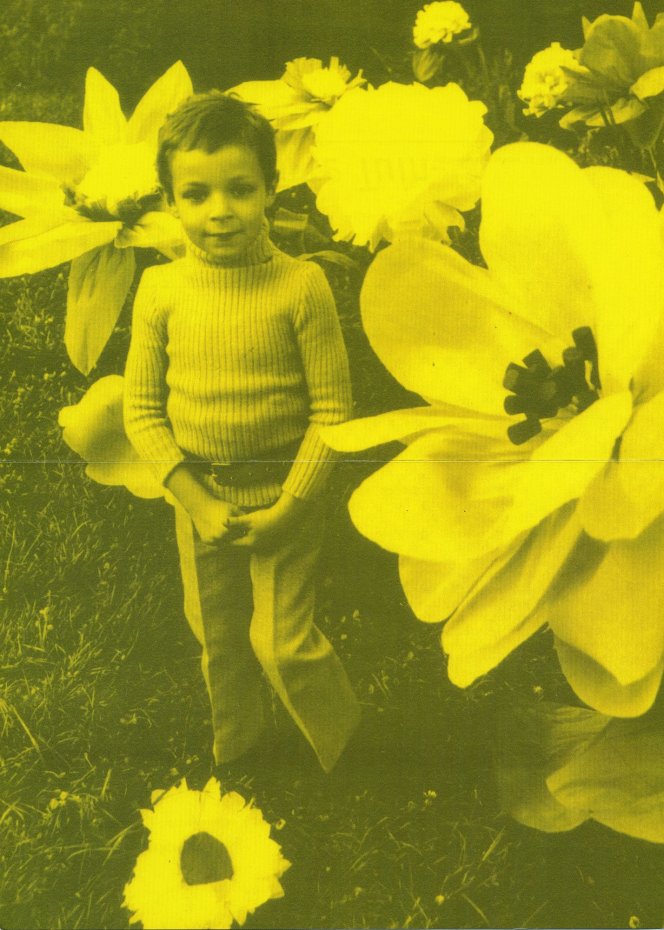The Annet Gelink Gallery is proud to start the new season with a solo exhibition by the Swiss artist Christian Denzler (1966), who lives in Brussels. Denzler studied architecture at the ETH in Zürich, but is self-taught as a draughtsman and painter. In the late eighties he became known with his multipartite paintings with simple compositions. In recent years Denzler has drawn parts of the human body, like fingertips, navels, breasts, a parting in hair and thighs, directly onto the wall. In an almost meditative way and with the utmost precision and attention to detail, he makes wall-drawings which fill up the whole space.
In his new installation 'Black Garden' in the Annet Gelink Gallery, Denzler employs modern techniques for the very first time. The size of the drawings and their fine structure make it impossible for Denzler the work the way he used to work on projects in the past, i.e. drawing directly onto the wall. This time modern scanning and copying techniques have been employed to blow up and multiply the hand-drawn patterns, transforming them into an all-encompassing, space-filling pattern.
The theme of a dead, yet ever-growing garden, is one which has fascinated Christian Denzler from a very young age. The idea has continued to haunt him from the very first time he read the work of the 19th century poet Stefan George, who used the theme in a poetic way, and also later when Denzler saw the motive used again in the Paul Klee painting ´Park bei L.´ It was only last year, when Denzler was given a studio for the period 1999/2000 in the Swiss Institute in Rome, that he had the opportunity to develop this idea.
In this new installation the gallery space is transformed into a sea of leaves, forming strange, almost hallucinatory patterns. Denzler plays with human perception. The circles, curls and worm-shaped figures have an absorbing effect on the cornea. In entering the gallery one is as it were sucked into the space itself. In his attempt to get to grips with his surroundings the viewer is challenged to use all his senses. In fighting the optical confusion, one is tempted to continue on just by touch. The viewer has an experience which is both spatial, visual and sensual. The interaction between near and far, recognition and alienation, is of great importance. Seen from a variety of perspectives, the vegetative motif seems to be moving, as the black garden slowly comes to life.

